The home turfs of the Indian National Congress, Rae Bareli and Amethi have remained high on the priorities for political parties that continue to field heavyweight candidates in the regions but to no avail
Undoubtedly, there are many well-known dynastic bastions in our country but the electoral turf of Rae Bareli and Amethi have remained the centre of attraction for politically conscious people and the common man alike. Since the State of Uttar Pradesh has been electing a maximum of 80 MPs to the Lower House of Parliament, ie Lok Sabha, the State is being considered of paramount importance. So are the two above stated parliamentary constituencies.
Rae Bareli Lok Sabha constituency has been a stronghold of the Congress, which won 16 out of the 19 elections here, including two bypolls since 1952, the first general election in the country. The constituency came into limelight as Congress candidate Feroze Gandhi, husband of Indira Gandhi and son-in-law of the first Prime Minister, Pandit Jawaharlal Nehru, emerged victorious twice in 1952 and 1958. In due course, he came to be known as the best parliamentarian. He passed away on September 8, 1960, but the constituency remained with the Congress till the 1971 general election and thereafter, too, with a few breaks.
Feroze’s wife and the then Prime Minister Indira Gandhi selected this constituency to become an elected member of Lok Sabha after her elevation to the highest executive post of the country. She first contested in 1967 and then in 1971. By opting for this constituency, she converted it to a prized bastion which continues to be the same. Indira’s relatives Arun Nehru and Sheila Kaul won the seat, both twice, a confidante and family friend Satish Sharma once and daughter-in-law Sonia Gandhi triumphed four times in 2004, 2006 bypoll, 2009 and the 2014 general election. This performance sheet, of course, suffices to substantiate the constituency as a proven dynastic bastion.
It is known to most politically conscious people that socialist leader Raj Narain locked horns with Indira Gandhi in Rae Bareli constituency in 1971 and 1977 but the real surprising candidate was Gwalior’s Rajmata Vijayraje Scindia, who challenged Indira Gandhi from this constituency in the 1980 general election. As the Janata Party nominee, she was defeated by a margin of 1,73,654 votes. This was the only loss faced by the Rajmata whereas she won all elections of Lok Sabha and Assembly in her State of Madhya Pradesh as a Jana Sangh and earlier a Congress candidate. People in Rae Bareli believed that the Rajmata was prompted to contest against Indira Gandhi to take revenge of the ill-treatment meted out to her in jail during Emergency.
Raj Narain was fielded as the candidate of the then grand alliance of Jana Sangh, Lok Dal, Congress Organisation and Samyukat Socialist Party to engage Indira Gandhi in her comfort zone and create a difficult situation for her. Raj Narain lost with a margin of 1,12,810 votes in 1971 and challenged her election in the Allahabad High Court, accusing her of misuse of official machinery. Justice Jagmohanlal Sinha unseated Indira Gandhi and barred her from holding any post and contest any election for a period of six years on June 24, 1975, which resulted in the imposition of internal emergency in the country on June 26, 1975 and a crackdown against almost all Opposition leaders, who were put behind bars.
This so-called unprecedented Constitutional misuse brought all Opposition leaders on a single platform. After the Emergency by Indira Gandhi was lifted on March 21, 1977, the general elections were a contest between the Congress, led by Indira Gandhi and the newly-formed amalgamation of all parties, Janata Party, headed by Morarji Desai and inspired by Loknayak Jai Prakash Narayan. The results brought a new regime at the Centre. The Janata Party secured an absolute majority to unseat the Indira-led Congress, embarrassing her as it got the minimum ever seats in the Lok Sabha.
Raj Narain defeated her with a margin of 55,202 votes and he became the Union Health Minister though the Government could not last long due to factionalism and differences. The 1977 general election results highlighted the division of the regional narrative, the Janata Party dominant in the north, the Congress winning seats in the south. Of course, the chunky votepie in the north led to the formation of the first non-Congress Government at the Centre.
Another surprising candidate, fielded by the Lok Dal in 1984 in this constituency, was the widow of Bhimrao Ambedkar, his second wife Savita, a Saraswat Brahmin. She had completed her MBBS in 1937 and married Ambedkar on April 15, 1948. Both Ambedkar and Savita converted to Buddhism at Nagpur on April 14, 1956. The couple lived in Delhi at Alipur Road. She used to take care of the ailing Ambedkar, who expired on December 6, 1956. After his death, Savita, known as Maisahab, had been feeling lonely, hence she shifted to a farmhouse in Mehrauli.
The Congress was keen to send her to Rajya Sabha but it is learned that she declined the offer. She, however, accepted Bharat Ratna on behalf of her late husband on April 14, 1990, from President R Venkatraman. It is yet to be understood how and why she agreed to contest an election from Rae Bareli as she had earlier declined an offer for Rajya Sabha membership. But Savita Ambedkar was defeated by Arun Nehru with a margin of 2,57,553 votes.
As for the Amethi parliamentary constituency, close to Rai Bareli, it came into existence in 1967 and remained a stronghold of the Congress as the party emerged victorious in 13 parliamentary elections out of 15, including two bypolls since 1967. It is still known as a pocketborough of the party nurtured by the Gandhis. It has been represented by Sanjay Gandhi once, Rajiv Gandhi four times, Sonia Gandhi once, Satish Sharma, a family friend of Rajiv Gandhi, twice and Rahul Gandhi thrice whereas Janata Dal nominee Ravinder Pratap Singh wrested this seat in 1977 and Sanjay Singh, coming from royal family and a BJP nominee, won from this seat in 1998 though he is at present with the Congress. Hence, this constituency is also a dynastic bastion.
In this constituency, two surprising candidates contested against Congress nominees in the 1984 and 1989 Lok Sabha elections. Indira Gandhi’s daughter-in-law, Maneka Gandhi, contested as an Independent candidate against the oldest son of Indira Gandhi, Rajiv Gandhi in 1984. During election campaign, she was targetted for being a Sikh and a number of slogans were coined with vicious intention. She lost with a margin of 3,08,878 votes. She was never defeated again in her electoral ventures and has been chosen seven times to the Lok Sabha from Pilibhit and Aonla as an Independent, Janata Dal and BJP candidate from 1989 to the 2014 parliamentary elections. Maneka continued to be a Minister in the Cabinet of three Prime Ministers. She formed Sanjay Vichar Manch immediately after the accidental death of her husband Sanjay Gandhi, which secured victories in Andhra Pradesh.
Another surprising candidate, Raj Mohan Gandhi, grandson of Mahatma Gandhi and C Rajagoplalchari and son of Devidas Gandhi, was fielded by the then Prime Minister VP Singh as Janata Dal candidate against Rajiv Gandhi in this constituency in 1989. Raj Mohan Gandhi is an intellectual, well-educated and a well-known scholar. It is beyond anybody’s imagination why a person like him was made a scapegoat. He lost with a margin of 2, 02,132 votes. After 15 years, he was once again offered a ticket by the Aam Aadmi Party to contest from the East Delhi parliamentary constituency in 2014 against BJP nominee Maheish Girri. He lost with a margin of 1,90,463 votes.
Nobody was sure whether he was a surprising or willing candidate. The only consolation for Raj Mohan Gandhi in politics has been that he served as a Rajya Sabha member during 1990-1992 when VP Singh ruled the country. Despite party affiliations, Rajmohan Gandhi, who had been long associated with the Hindustan Times, would have contributed in the interest of the nation had he been given another chance to enter the Rajya Sabha. In the end, men and women of stature were compromised for just a poster value.
(The writer is a senior journalist)
Writer: Sat pal
Courtesy: The Pioneer







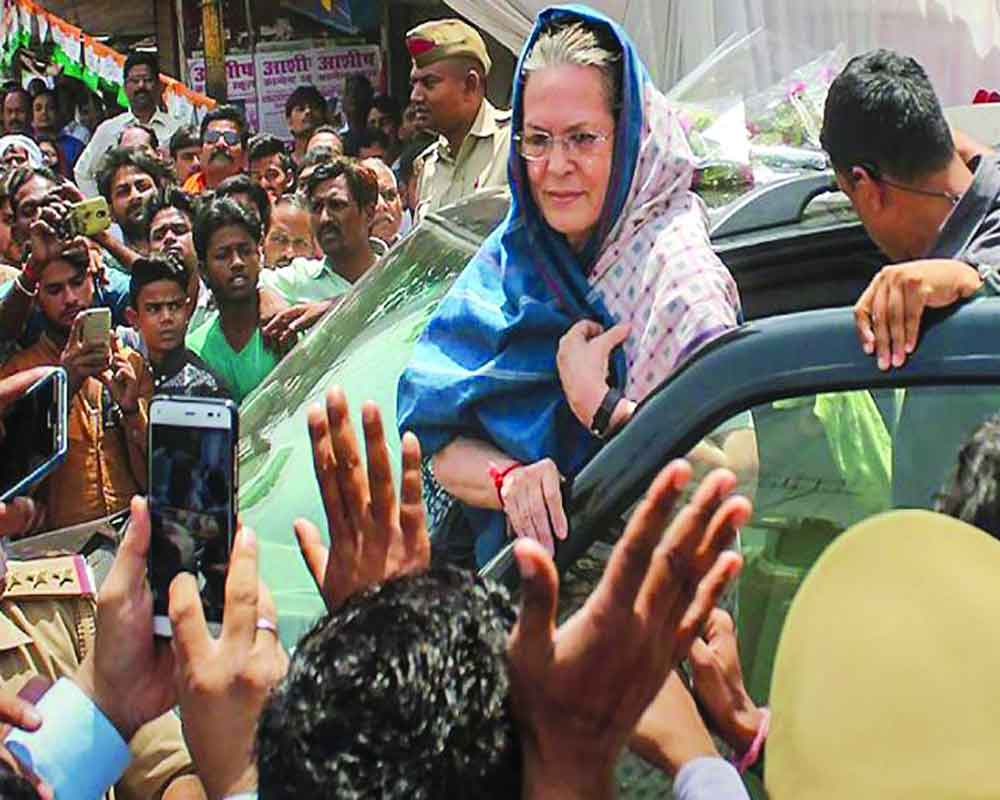
 OpinionExpress.In
OpinionExpress.In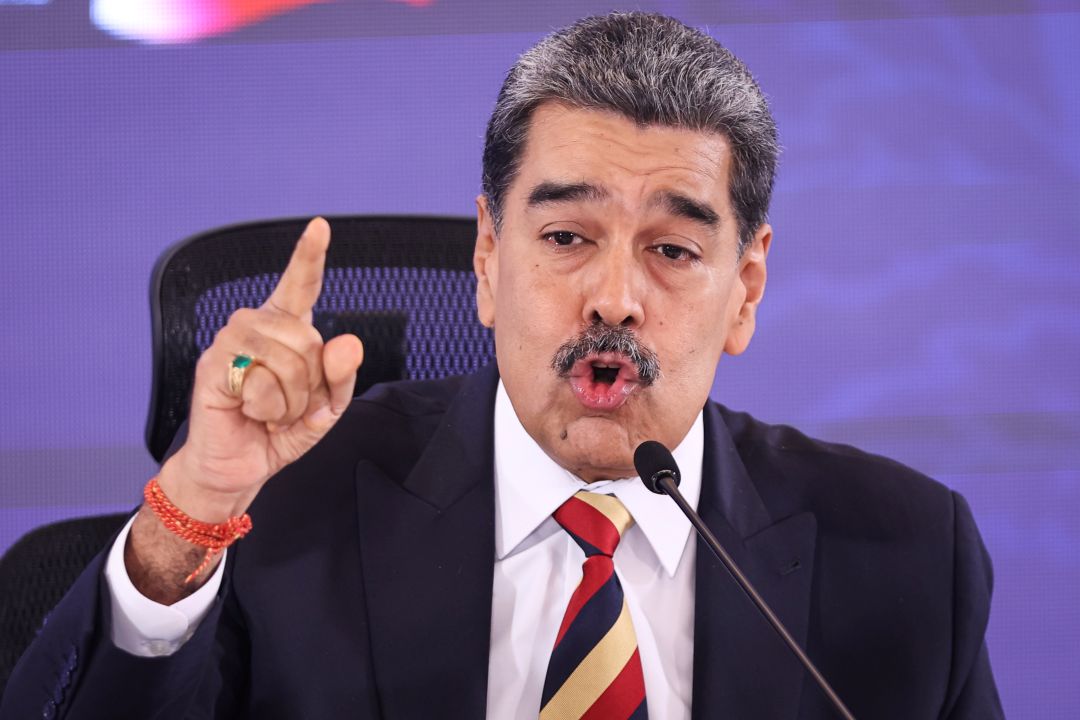

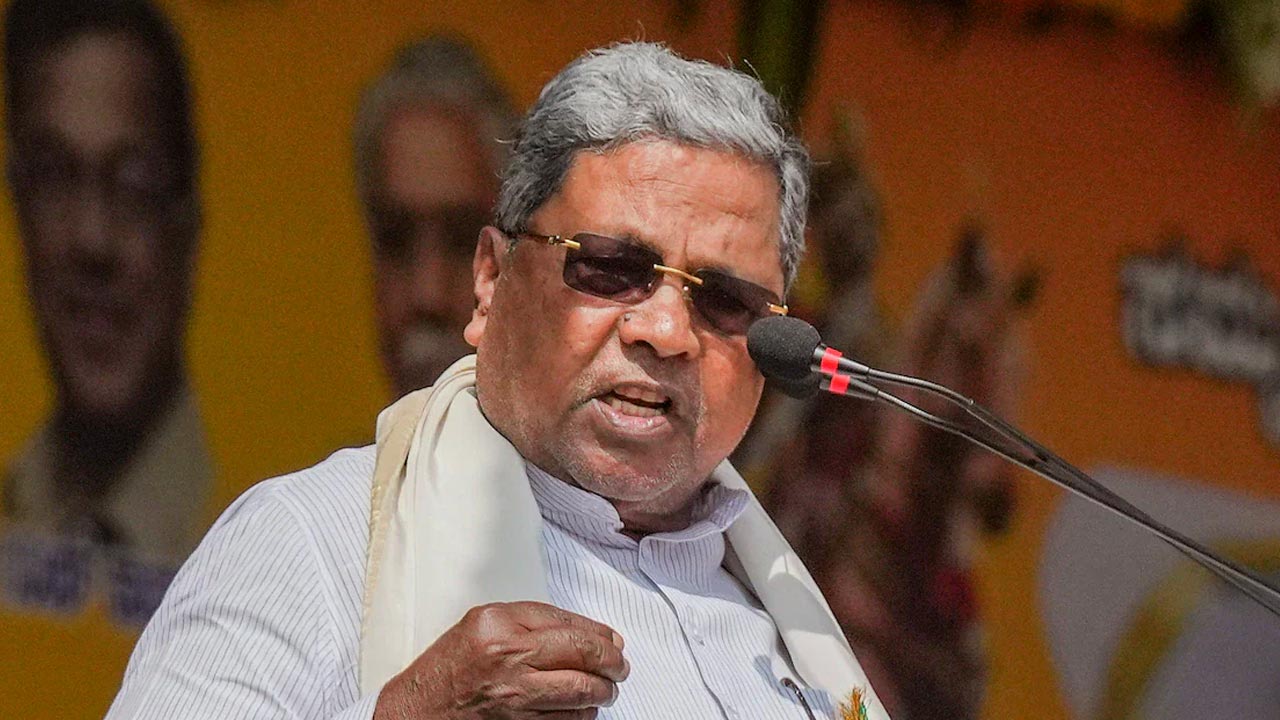
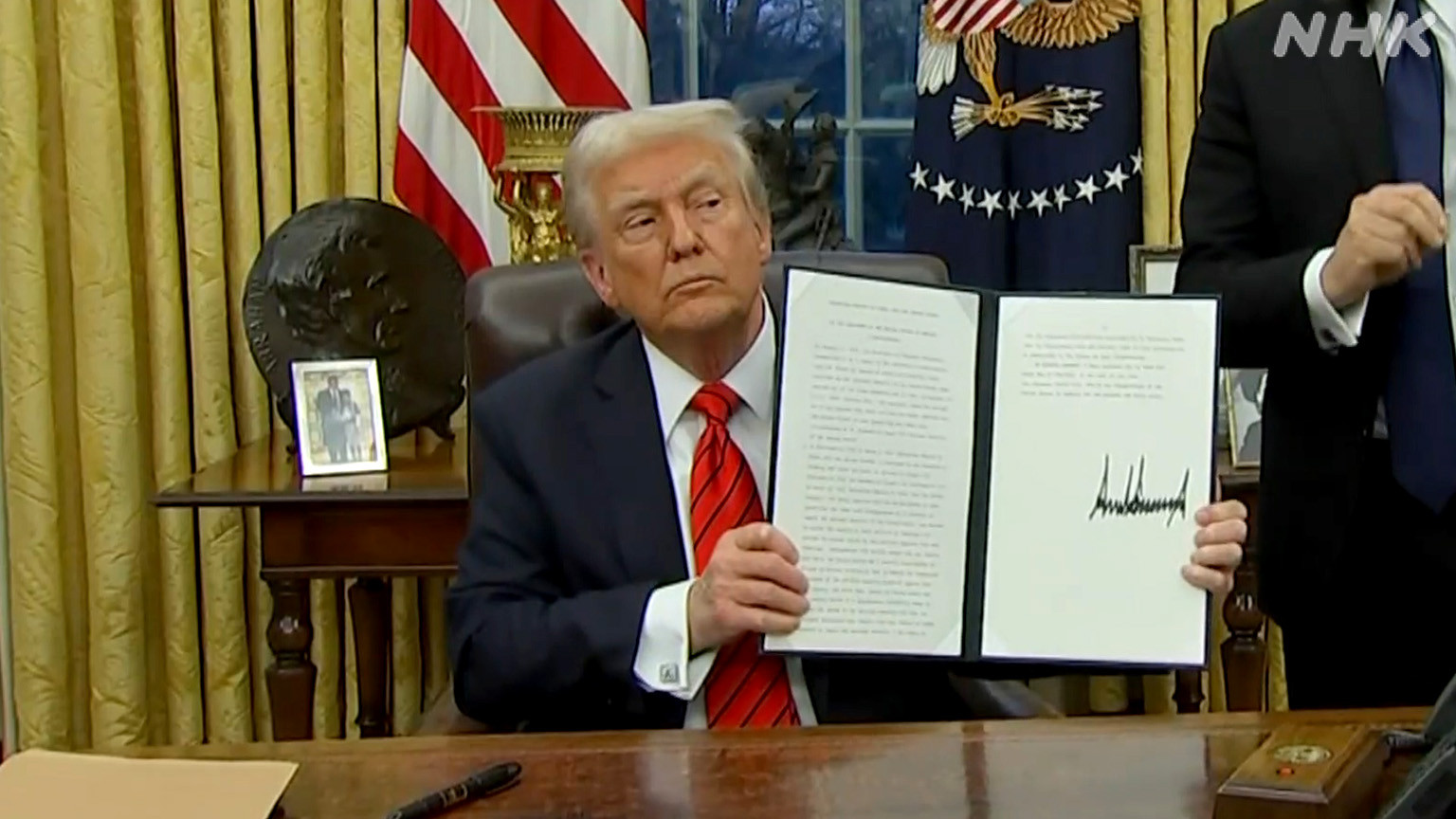
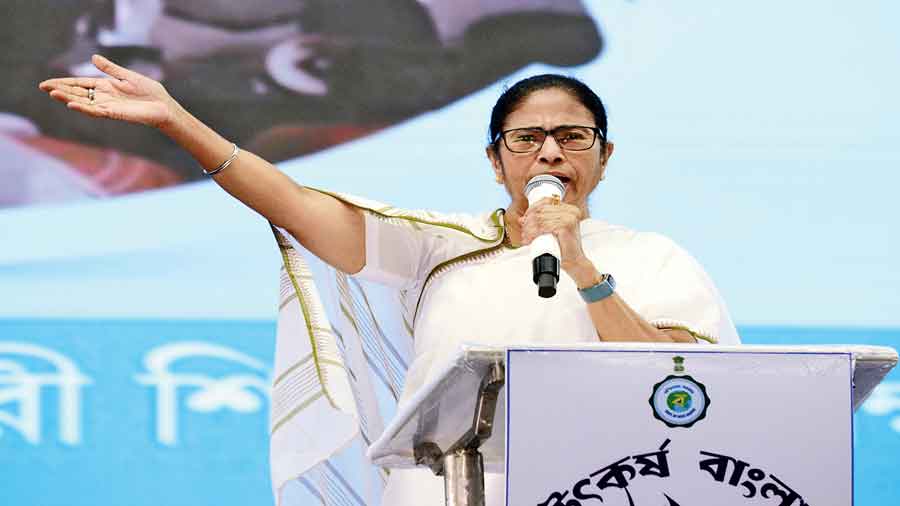
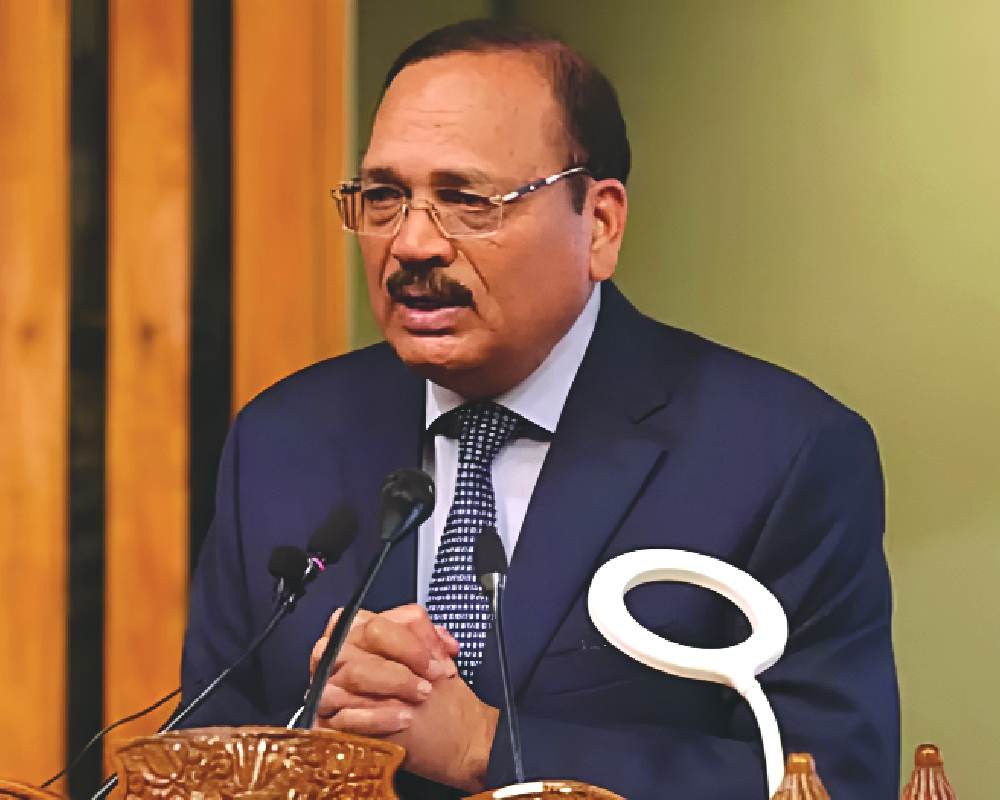
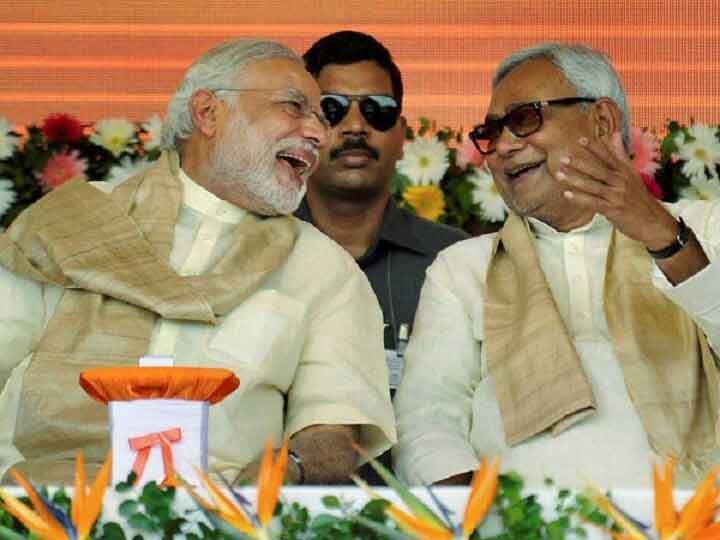
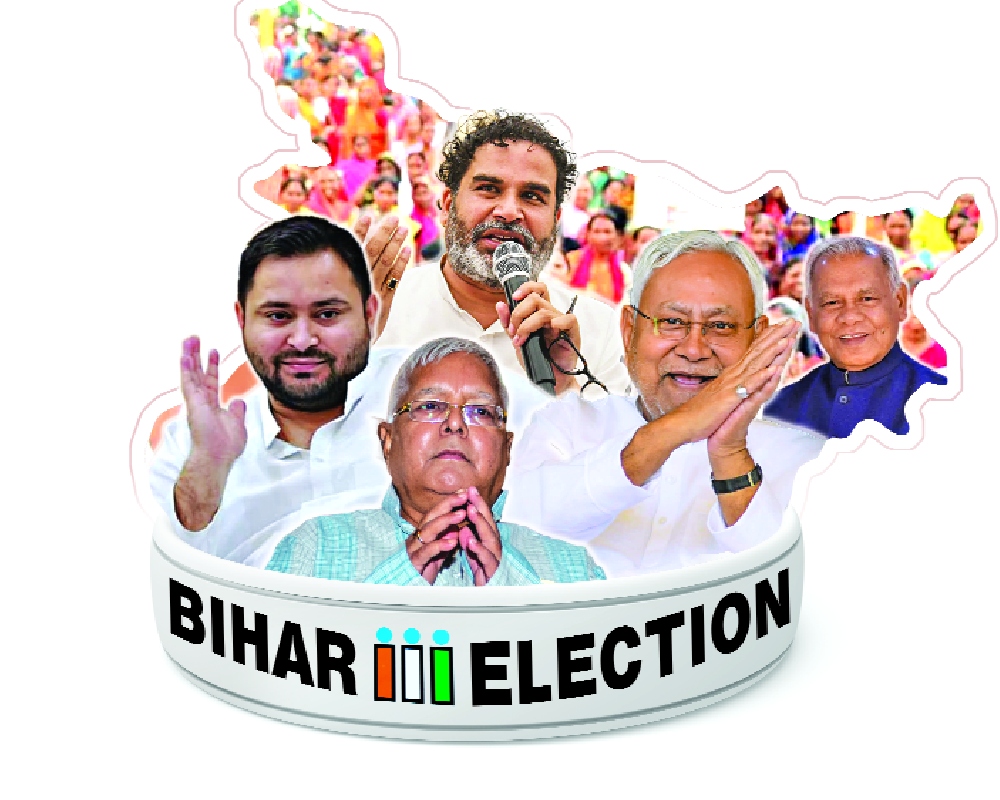
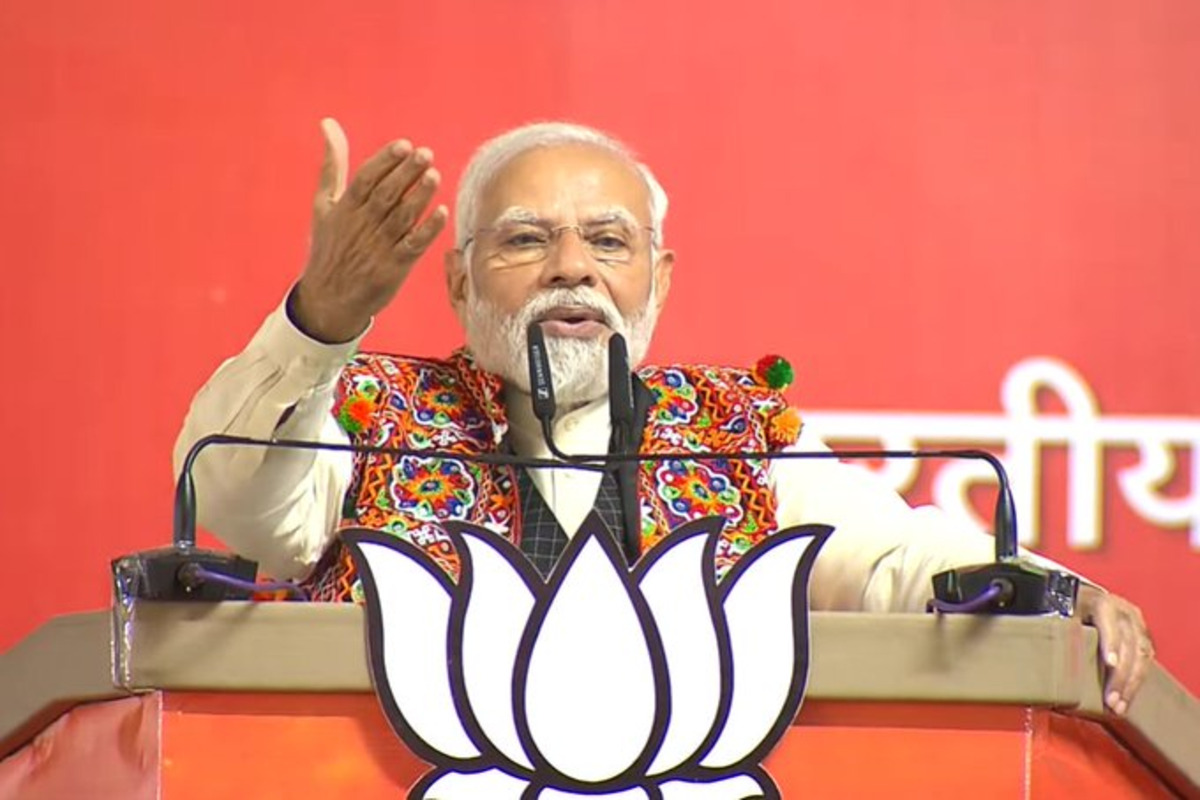







Comments (0)